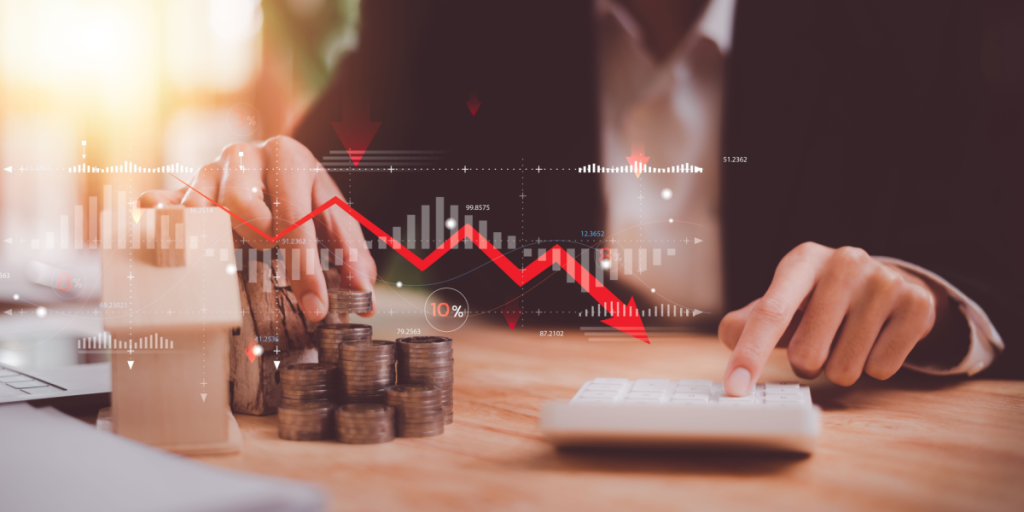Car repossessions are also on the rise, hitting their highest levels since the 2008–09 financial crisis.
Others are reading now
A growing number of Americans with low credit scores are falling behind on their car payments, raising red flags for the economy. According to Fitch Ratings, 6.43% of subprime auto borrowers, those with credit scores under 670,are at least 60 days late.
That’s double the rate from 2021 and worse than during previous major downturns, including the Great Recession and the early days of the pandemic.
A peak not seen in decades
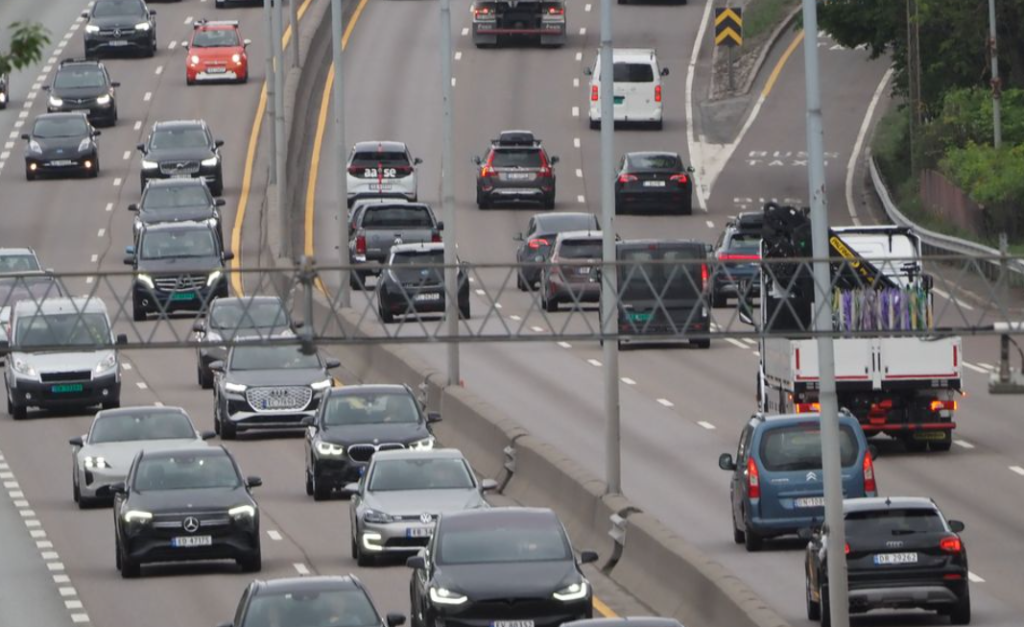
The current delinquency rate is the second-highest since the early 1990s, surpassed only in January of this year.
Economists see this as a worrying sign, especially since auto loans are typically among the last bills Americans neglect, cars are vital for work, school, and daily errands.
Repossession rates reach crisis levels
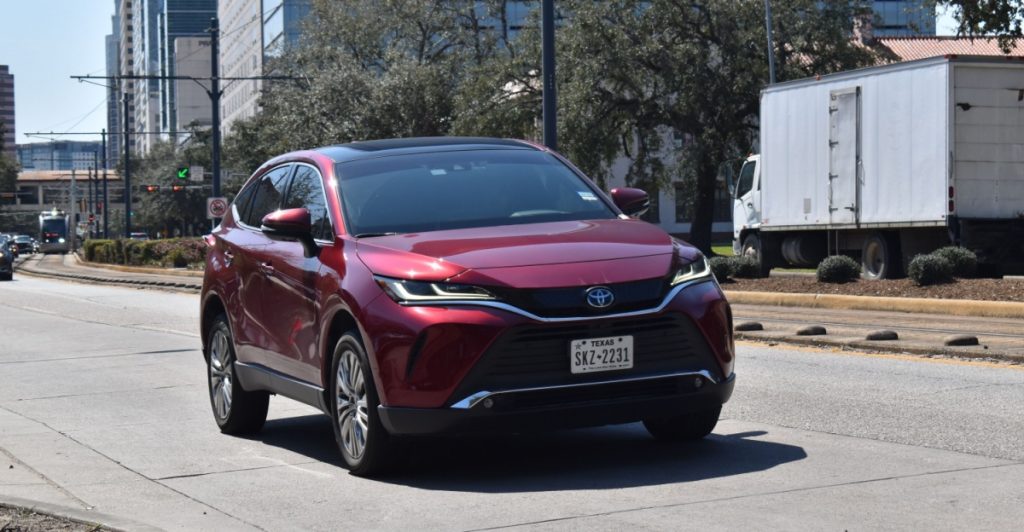
Car repossessions are also on the rise, hitting their highest levels since the 2008–09 financial crisis.
Also read
Many financially stretched borrowers are unable to keep up with payments, and lenders are taking back vehicles in growing numbers. It’s a painful outcome for families who rely on their cars for survival.
No cushion left for struggling families

Subprime borrowers are under intense pressure. High car prices and soaring interest rates have pushed monthly payments to record highs.
Many are already behind on other bills, mortgages, rent, credit cards, and simply can’t make ends meet. “There’s no room for error,” warns Jonathan Smoke, chief economist at Cox Automotive.
Defaults remain stubbornly high
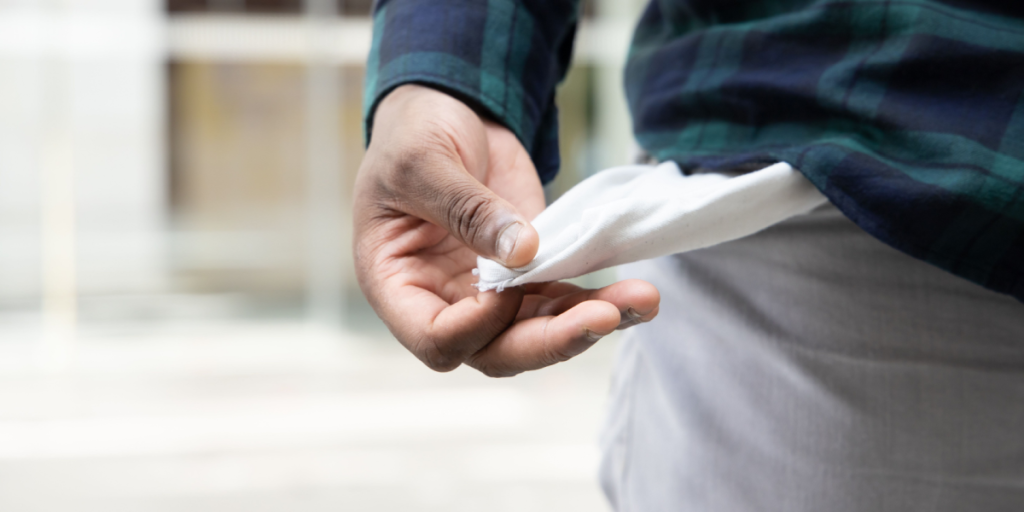
Although the pace of new defaults has stabilized somewhat in 2025, they remain elevated. Nearly 10% of subprime car borrowers had defaulted or were close to defaulting in September, according to Cox Automotive.
Even when borrowers want to sell, they often owe more than the car is worth, trapping them in a debt cycle.
Also read
Car ownership has never been this expensive
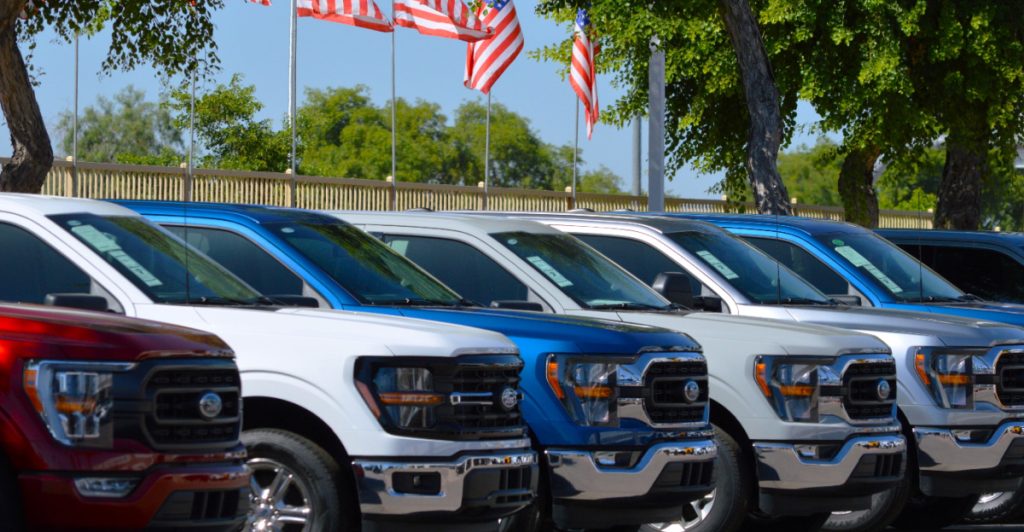
Owning a car is now pricier than ever. Experian data shows that over half of new car leases and three-quarters of new car loans come with payments of $500 or more.
A staggering 17% of new car loans now exceed $1,000 per month. Even used car loans are steep, with nearly half topping $500.
Maintenance and repairs add to the squeeze
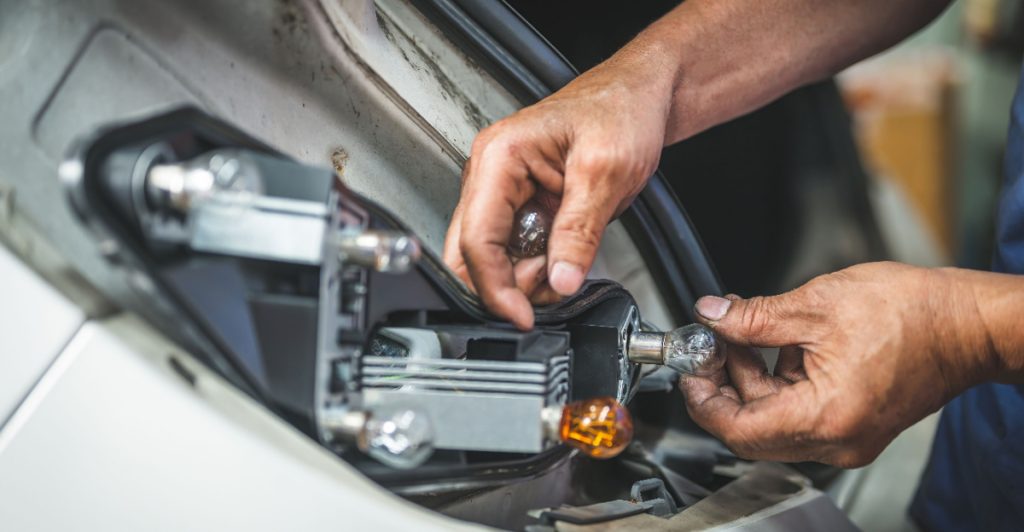
As more people hang on to older cars, repair costs have skyrocketed. Vehicle maintenance surged 15% year-over-year in August, the biggest jump in nearly two years.
Between July and August alone, costs rose 5%, marking the largest monthly spike on record, according to the Bureau of Labor Statistics.
Insurance hikes worsen the burden

Car insurance costs have also soared. While the August increase was the smallest annual jump in three years, it still amounted to a nearly 5% rise, well above overall inflation.
Also read
The combined weight of loan payments, repairs, and insurance is pushing many Americans to the financial brink.
Credit hits from all angles
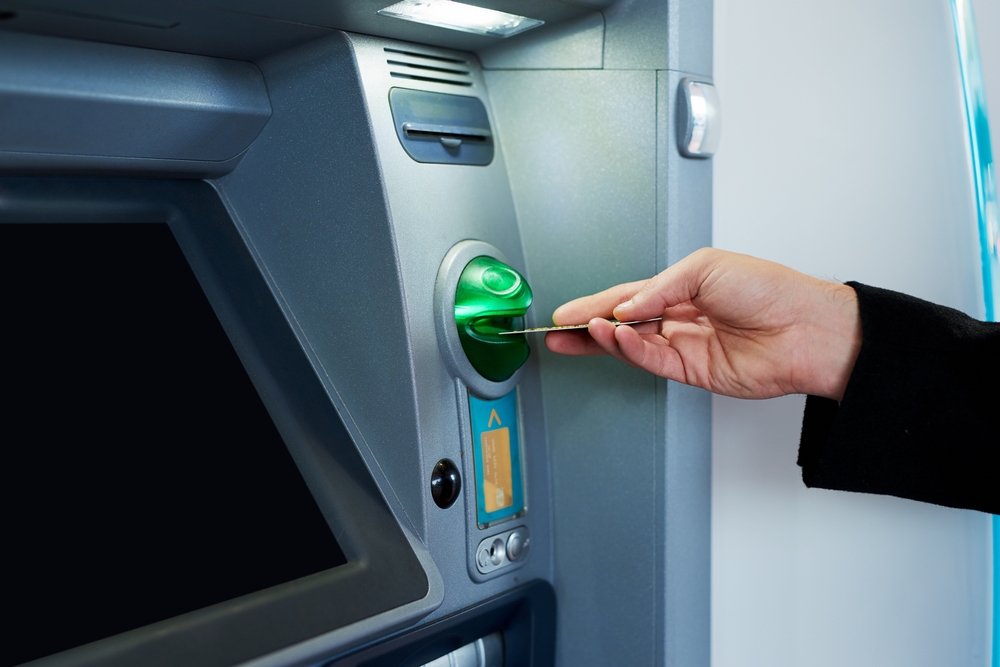
The pain isn’t limited to car costs. Many consumers are still feeling the impact of student loans that resumed post-pandemic.
Missed student loan payments are once again hurting credit scores, making car loans even more expensive for those already in a financial hole.
Subprime stress hides behind strong economic headlines
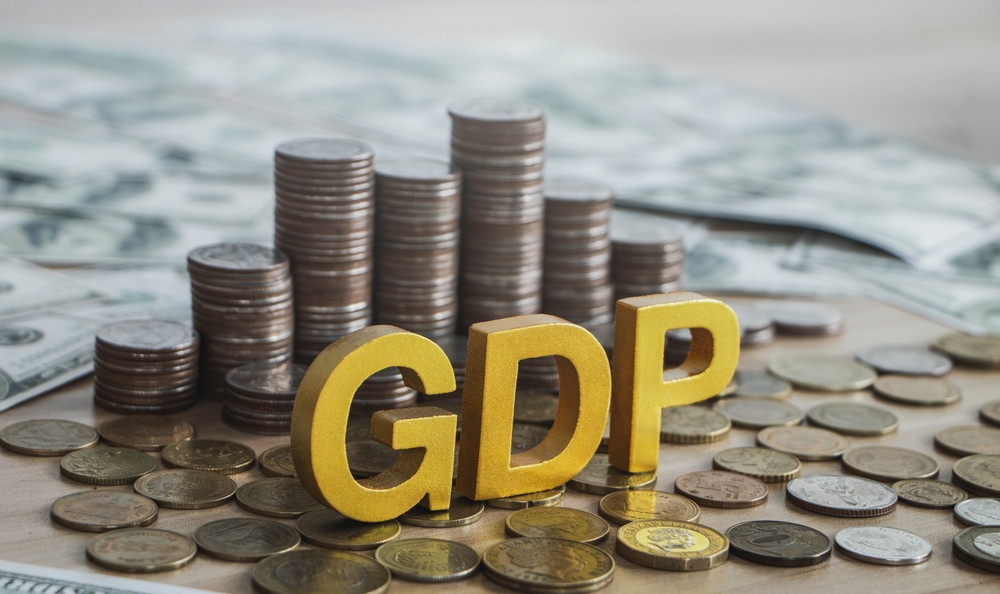
Despite strong stock market returns and robust GDP growth, many Americans are struggling.
Subprime delinquencies show that beneath the surface of economic optimism, financial hardship is growing for those without safety nets or strong credit.
Also read
Prime borrowers remain largely unaffected
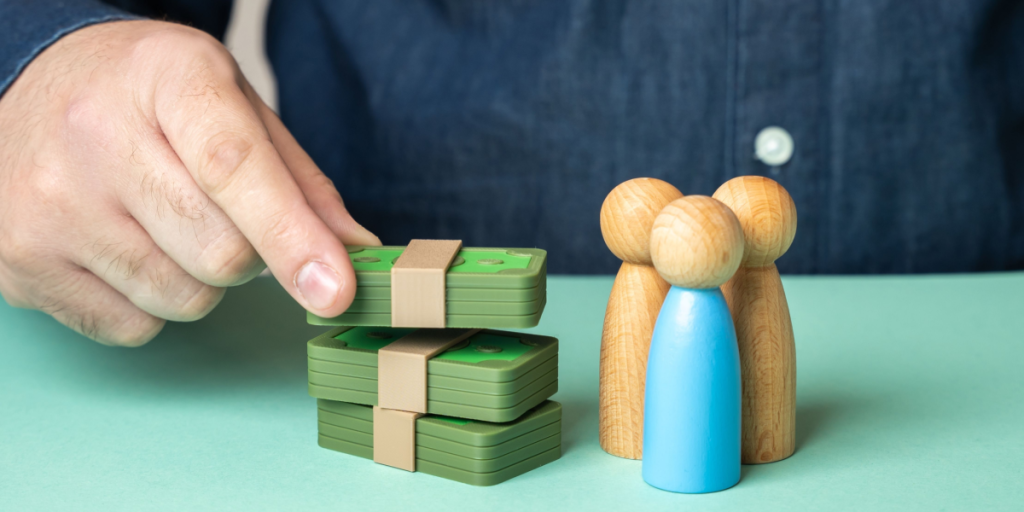
In contrast, those with stronger credit scores are managing just fine. Delinquency rates among prime borrowers remain below 0.5%, according to Bloomberg Intelligence’s Rod Chadehumbe.
For them, there are “no alarm bells going off.”
A stark reminder of America’s economic divide
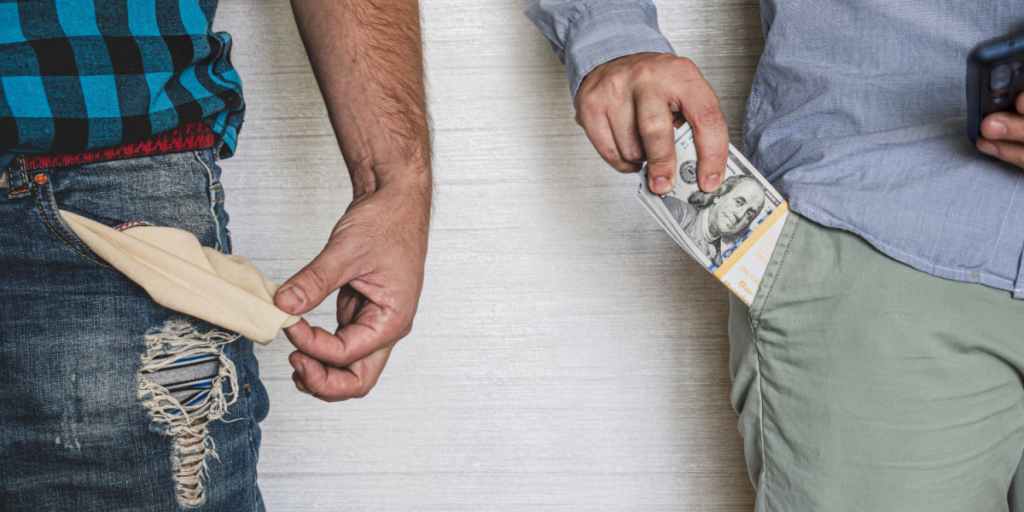
This growing gap in payment performance reflects the so-called K-shaped recovery.
While wealthier Americans enjoy rising home values and stock gains, lower-income households face mounting debt, job insecurity, and financial stress.
The repossession industry is booming again
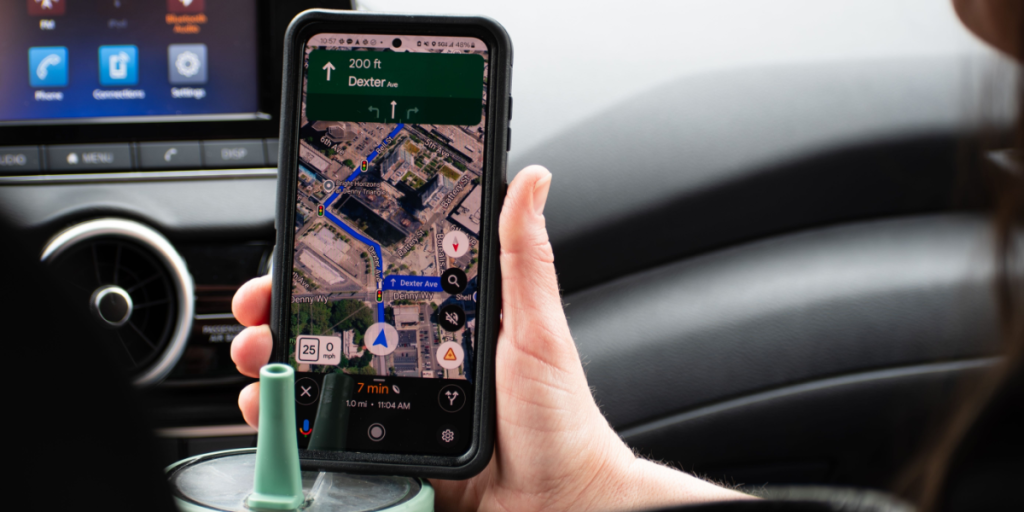
Subprime lenders are bracing for more defaults and repossessions.
Also read
GPS trackers and remote ignition shutdowns are now common tools. “It’s probably close to the Great Recession in volume,” says George Badeen, president of a repossession trade group. “It’s a target-rich environment at the moment.”

